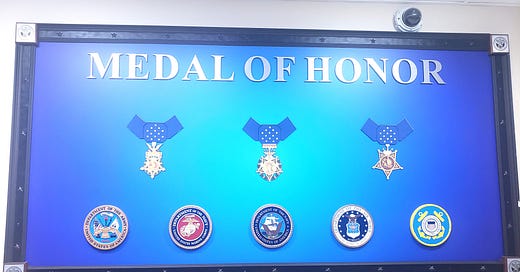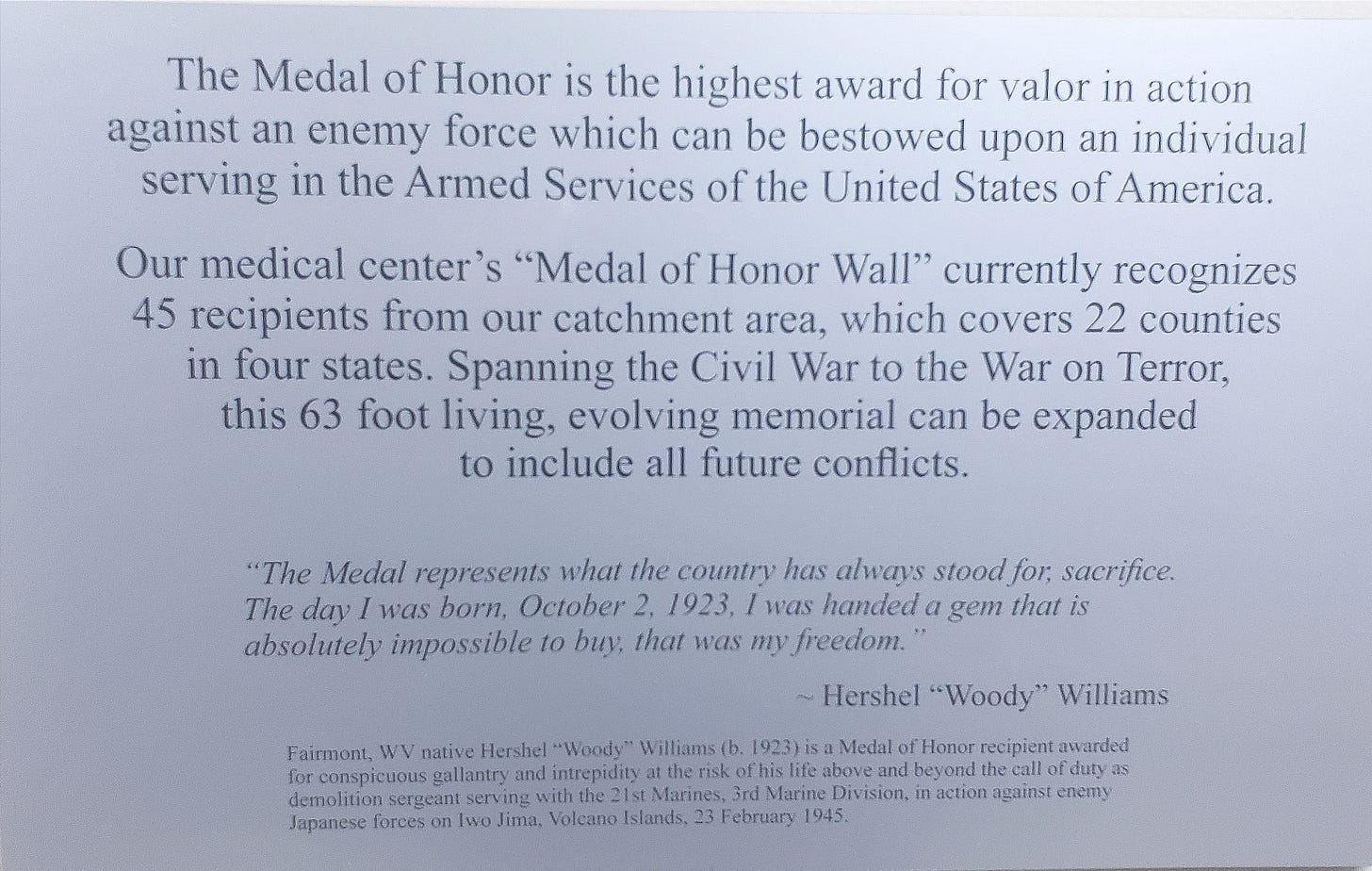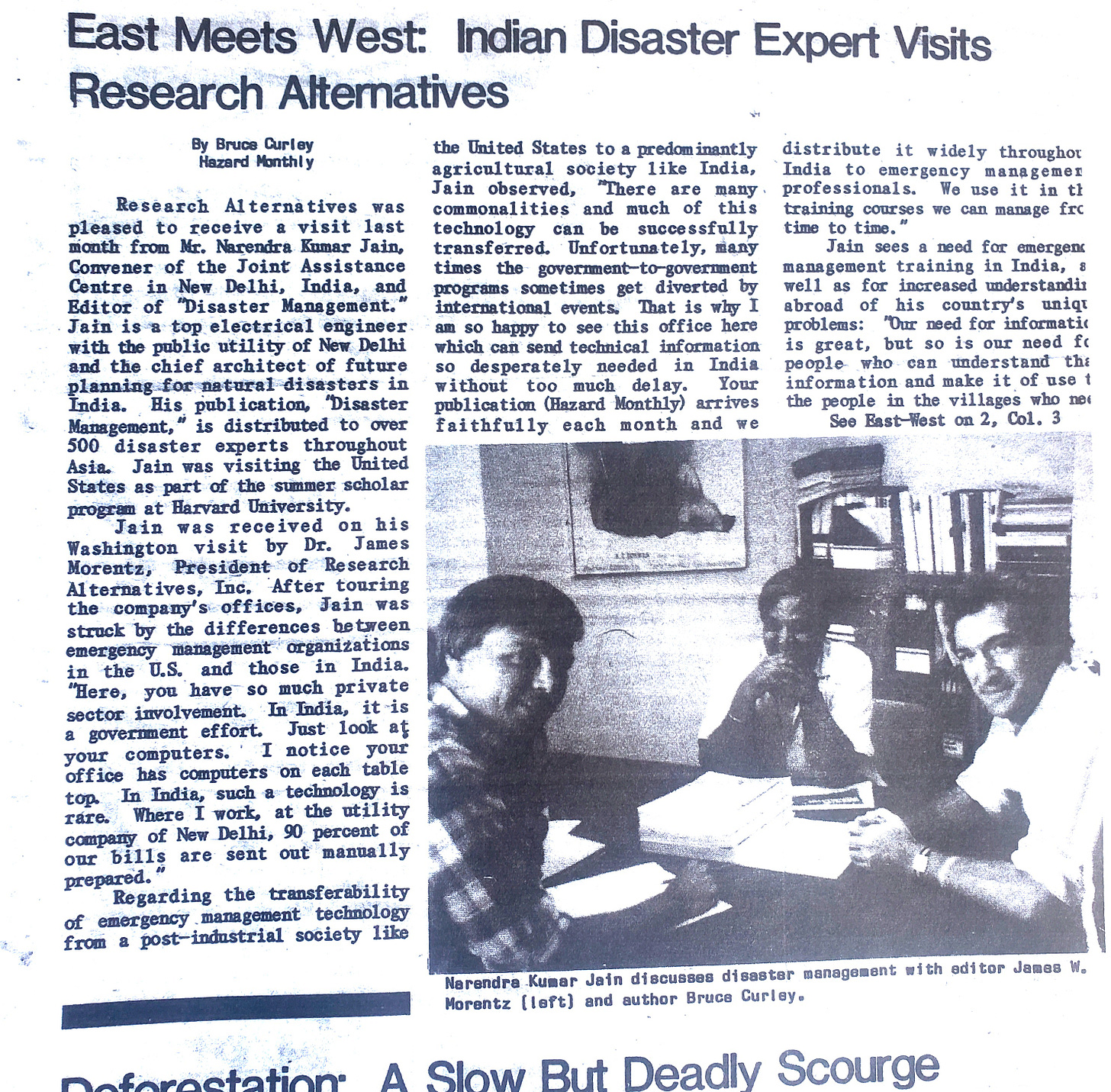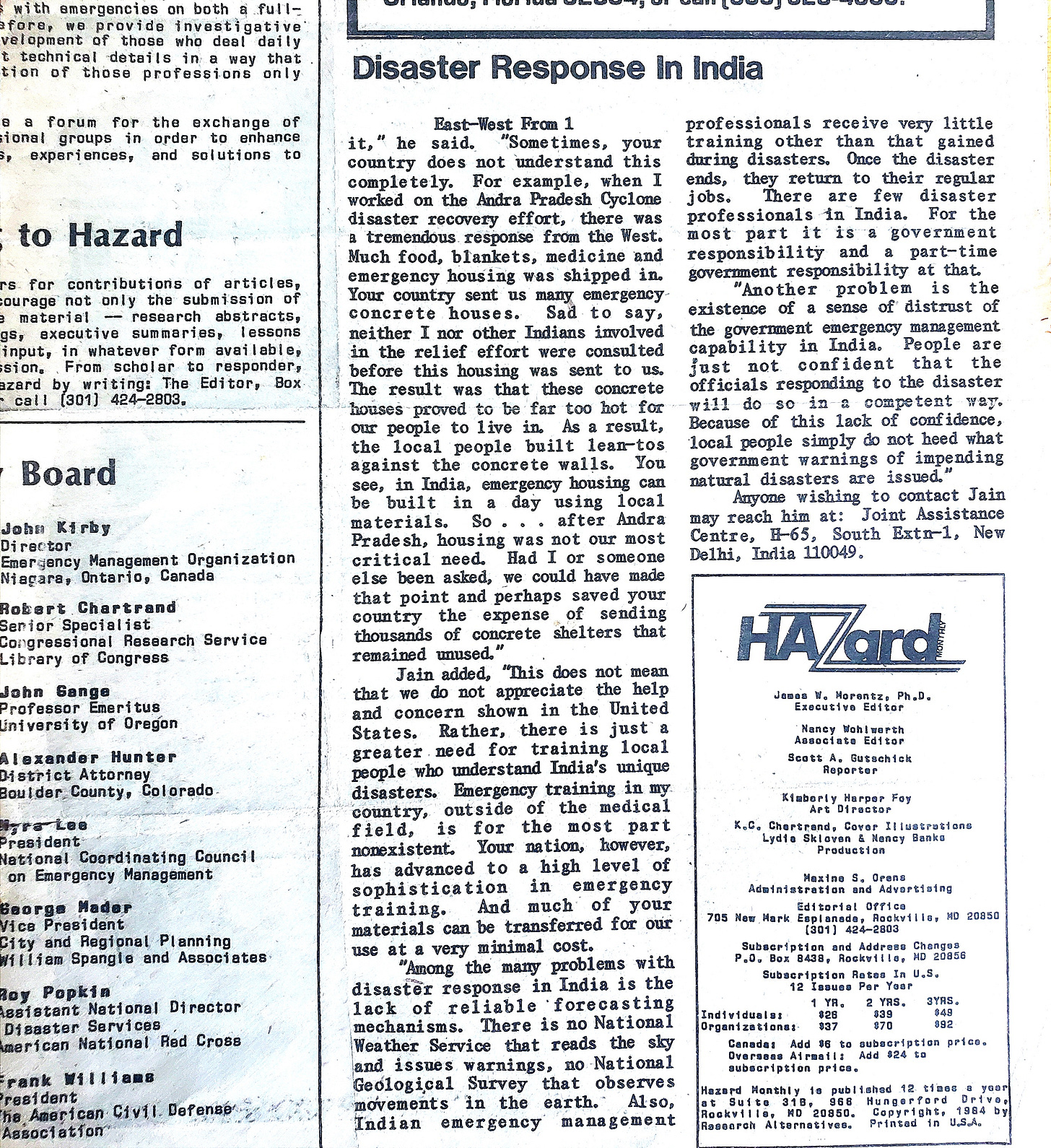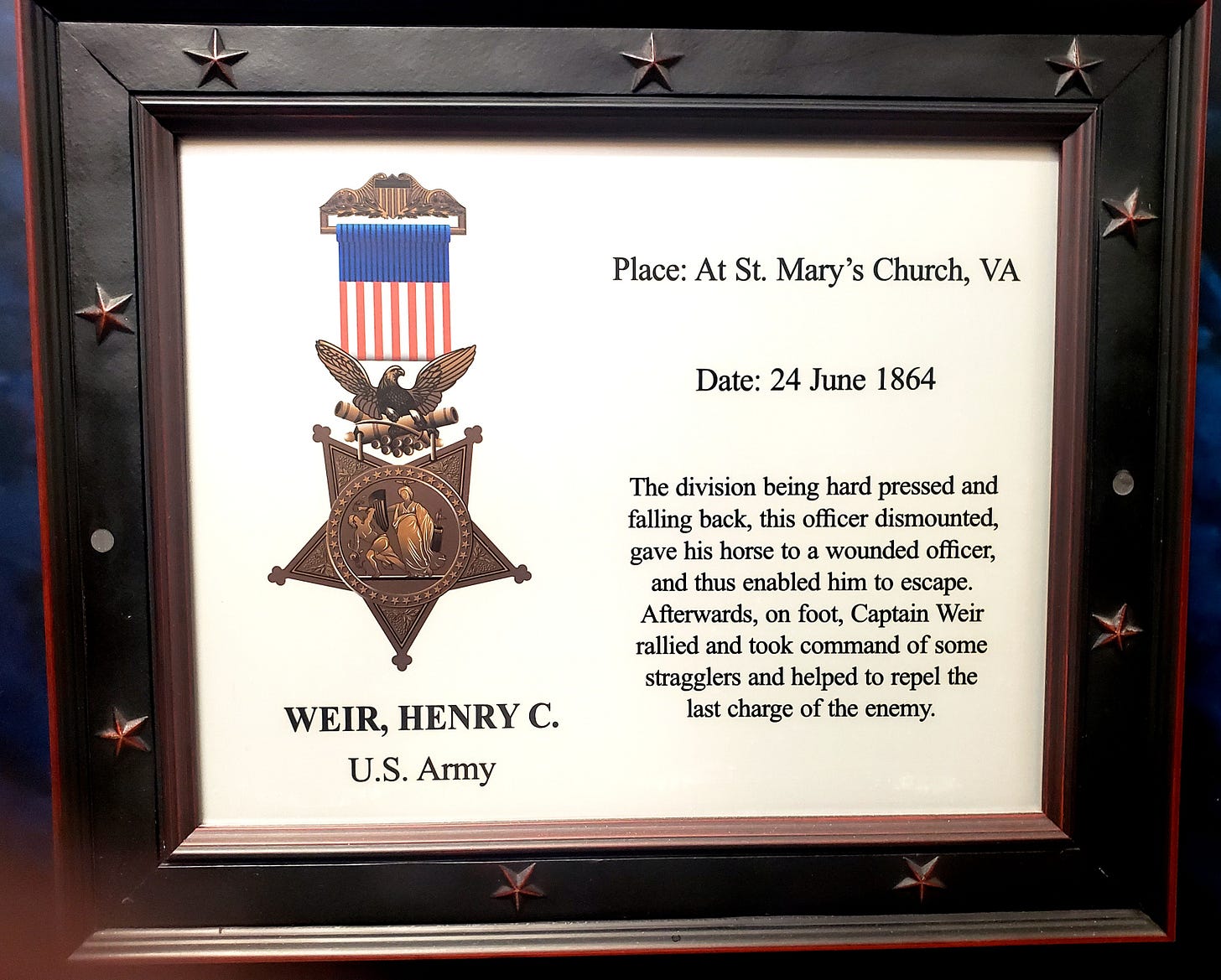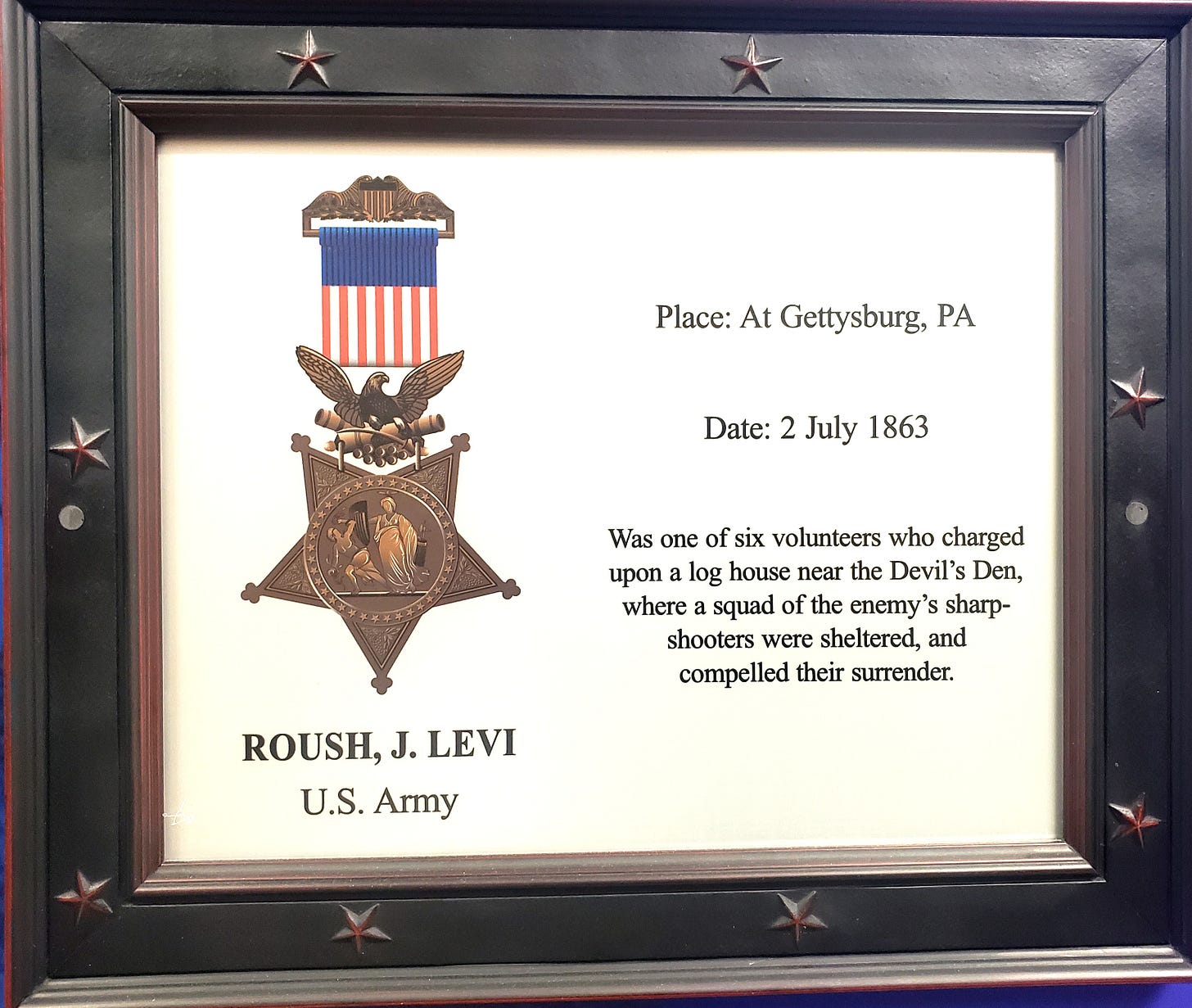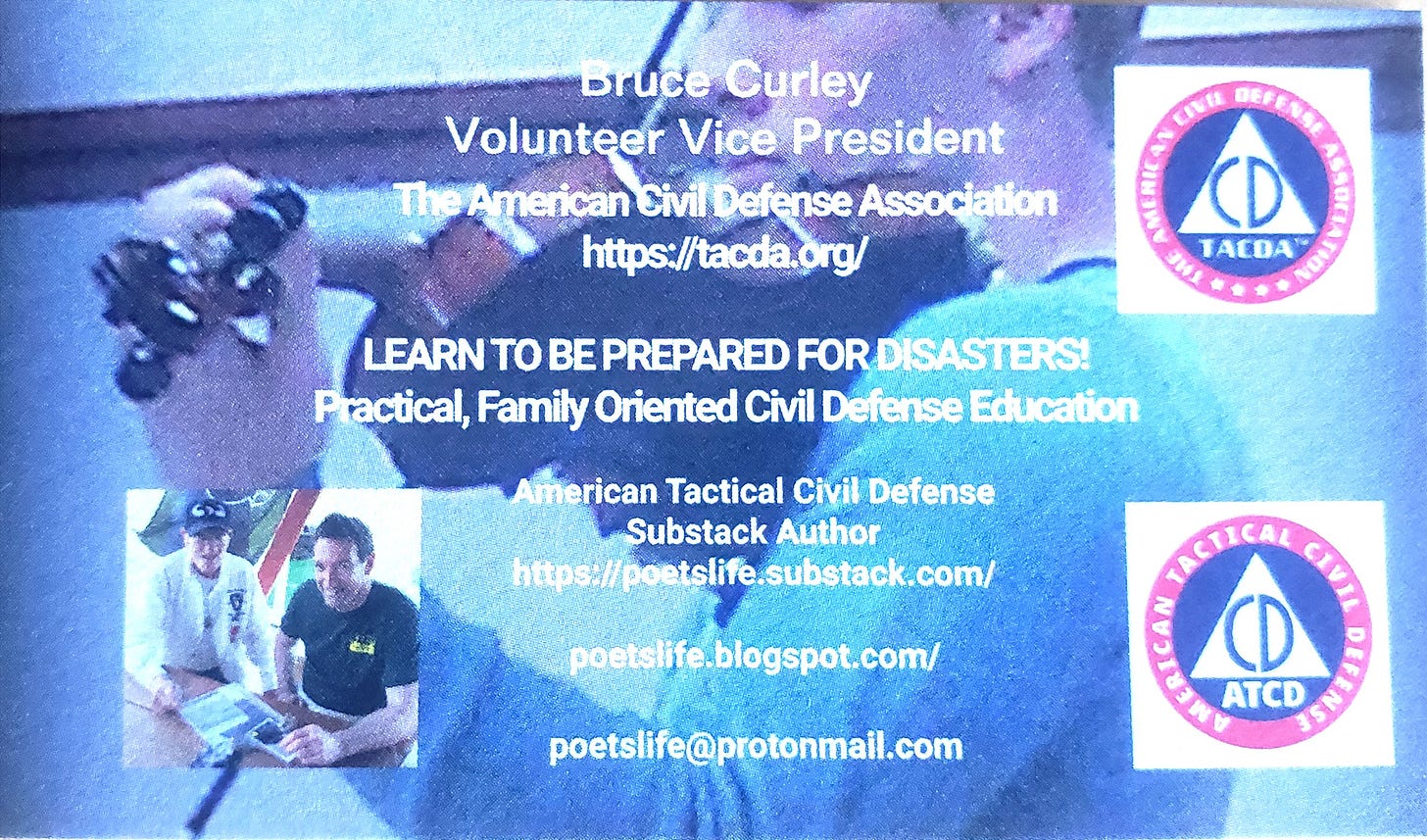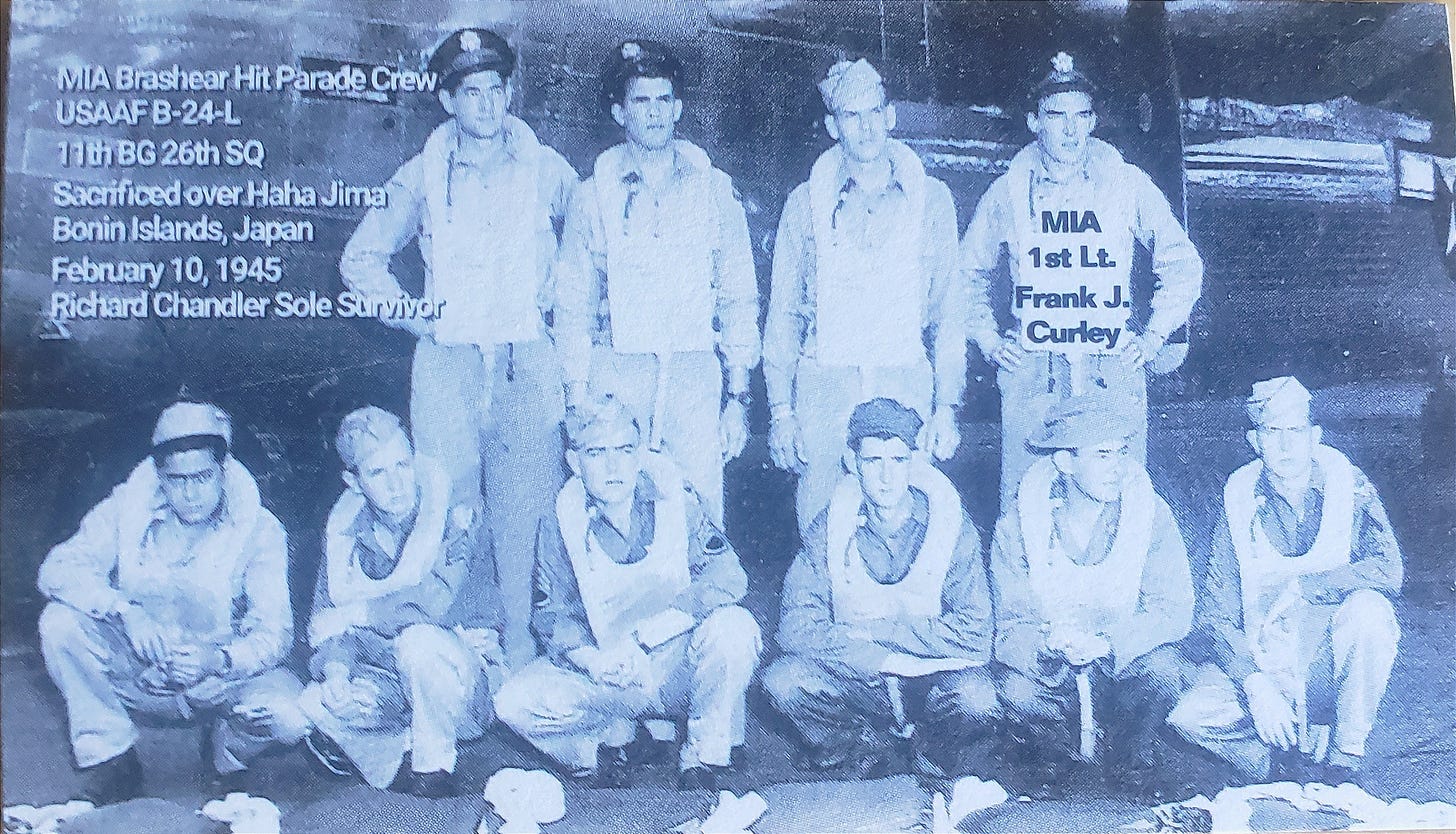Why I Learned American Tactical Civil Defense
And Why You Must Learn it to Protect your American Family
Civil Defense Prepares you for the Unthinkable
At present, there are two active wars (Russia/Ukraine and India/Pakistan) being fought and three of the four nations engaged in those wars have nuclear weapons. Two of the nations, Russia and Pakistan, have threatened to use nuclear weapons in those conflicts. Those conflicts could spread and draw in the United States.
Faisal Kundi, governor of Khyber Pakhtunkhwa Province and an advisor to the Pakistani Prime Minister, made a statement on April 30, 2025, during an appearance on Al-Jazeera Network (Qatar) regarding Pakistan's nuclear weapons.
He said, "I would like to add that we are proud of our former Prime Minister, who enabled us to obtain nuclear bombs. These (nuclear bombs) are not here just to be displayed in museums. They exist in order for us to use them. Therefore, if Pakistan needs to use them, we will use them, because we will not surrender to Indian threats. We know how to deal with India."
He is clearly stating that Pakistan is willing to use nuclear weapons against India. If Pakistan were to do so it could set off a chain reaction as India would respond by launching its nuclear weapons against Pakistan. Although the United States and the Soviet Union/Russia avoided using them due to the doctrine of Mutually Assured Destruction, I’m not sure that applies to a more diverse nuclear weapons capable world.
And what if Pakistan’s patron, Red China, also a nuclear power, decides to actively assist it’s ally Pakistan due it’s enormous Belt and Road initiative investments there? The Communist Chinese Party (CCP) has been building out a nuclear program, in addition to its conventional military, at an exponential rate.
Perhaps the CCP agrees with Faisal Kundi that nuclear weapons are not meant for museums but are to be used to settle ancient scores. Palmer Luckey, owner of the innovative defense products company Anduril, does a magnificent job of explaining the CCP war plans here.
Nuclear war is a highly remote possibility. Then again, so is your house burning down, but you have home insurance to rebuild your home if you do experience a house fire. Think of civil defense as home and life insurance for your the benefit of your family IF the unthinkable happens.
Civil defense is a dual use technology. You will most likely use it for a natural or manmade disaster. But if it ever does go nuclear, you will be prepared for that eventuality as well.
For three reasons, I cannot emphasize enough how critical American tactical civil defense for Americans to have a future.
Natural disasters happen everyday somewhere and civil defense is the insurance that protects you and your family when they hit.
Manmade disasters, like the release of bioweapons or war, are just a fact of life and you need to be prepared to deal with them.
Nuclear war, though a remote possibility, is still a possibility. Take a few simple steps now, like purchasing potassium iodate K103 and educating yourself about how to deal with nuclear fallout, to ensure your family’s safety. As I wrote this, India is dusting off and practicing its nuclear survival plans for its civilian population. You should, too.
Civil Defense: The Example of India
India is actively enhancing its civil defense capabilities in response to escalating tensions with Pakistan, particularly following the April 22, 2025, Pahalgam terror attack and subsequent military operations.
Nationwide Civil Defense Mock Drills
On May 7, 2025, India conducted civil defense mock drills across 244 districts in all states and Union Territories. These drills included:
Testing air raid sirens to ensure public warning systems are operational.
Checking communication links, such as hotlines and radio systems with the Indian Air Force.
Training civilians, including students, in self-defense mechanisms, blackout techniques, and evacuation procedures.
Simulating crash blackouts to prepare for power disruptions during emergencies.
Conducting response exercises involving warden services, fire brigades, and rescue teams to monitor coordination.
The Ministry of Home Affairs has emphasized upgrading bunkers, ensuring evacuee camp functionality, and improving transport arrangements, particularly in vulnerable regions like Jammu.
Critical infrastructure security is being prioritized, with efforts to counter misinformation and fake news during crises.
The Central Railway conducted a specific civil defense mock drill at Chhatrapati Shivaji Terminus (CST) in Mumbai to enhance emergency response capabilities.
Civil Defense Volunteer Engagement: Civil defense in India relies heavily on volunteers, who are trained for disaster response, including natural and man-made calamities. A pilot project in 40 towns is underway to involve volunteers in internal security tasks, with funding allocated to states for training and implementation.
To their credit, this emphasis on drills, volunteer training, and infrastructure resilience underscores a proactive Indian approach to national security and public safety. I only wish we took it as seriously as India and other nations, like Switzerland and China.
In 1984, when working for an emergency management firm, I met with Narendre Kumar Jain, an Indian disaster expert. He travelled from India to learn how we did civil defense in the United States. We donated our Operating Center Simulations Exercise Sourcebook and other emergency management materials that he took back to India. Who knows. Maybe some of those materials ended up being used over the years in India’s civil defense program. You can read about it below.
How the Day of 9/11 Led to my Civil Defense Mission
Below is my account of my day when the attack of 9/11 happened and how it changed my life, most critically getting me back into civil defense.
On September 11th, 2001, I was working on a a user installation and operation manual for a semiconductor manufacturer. My boss came out of his office and said, “A plane just hit the World Trade Center.”
“Was it a small plane or a large plane? I asked.
“A large plane.” He answered. He had a small TV in his office so we all went in to watch it. Just then, a second plane hit another tower. This was the next sequence of events.
Got permission from my boss to get my children and go home.
Called my wife and said I would get the kids. She was a corporate travel agent so she had to work the next 14 hours getting people home.
Went to the day care to get my younger one. The teachers were in a panic and I reminded them they had to be calm for the kids and parents.
Went to my older one’s high school. He refused to leave because he had track practice. Knowing that in an emergency you can’t argue with someone who is stuck on an idea even if wrong, I asked him if he would agree to leave if his coach said so. He said yes. When we tried to find his coach they dismissed the entire school.
Stopped at the ATM and got cash out.
Went to the grocery store for extra food. One women was in a panic in line spreading rumors and negativity. I could see the panic spreading. I reminded her people do great things in a crisis and I expected she would do the same.
Got home, put the younger one down for a nap. The older one went in to take a nap as well.
Monitored the news in multiple ways.
Went on my home computer and researched the NUKEMAP for nuclear blast circles for our house.
Realizing we were inside the nuclear blast circle for Washington, DC and there was a mosque going up down the street, made the decision that day to move my family to a safer area. (The mosque/fort (Islamic Society of Germantown) planned in 2001 I reference above proved my point in 2019. A jihadi who radicalized there (“Osman Alaalla, 61, came to pray Monday evening at a 5 p.m. service at the Islamic Society of Germantown. He said Henry typically led that service.” Maryland man inspired by Islamic State attack plotted to drive truck into National Harbor pedestrians, officials say).
Called my Green Beret brother-in-law. As his unit in West Virginia was one of the fully qualified A-Team available to deploy, he told me he was on his way to fight in Afghanistan. An aside. I edited the book Opening NATO’s Door for my Johns Hopkins School of Advanced International Studies friend Ronald D. Asmus. He called me that week to ask if I could harbor his family at the my wife’s family orchard in West Virginia if things went “hot.”
Three weeks later put money down on a house in Mt. Airy, MD, that had a water well, an acre, and 4 groceries within walking distance. Also, my wife has family there and most of our neighbors were intelligence officers, police officers, fire fighters, military, etc. Good place to protect my family.
Committed to doing more for my family and all Americans that day and began to study civil defense that I had learned in the United States Air Force and as the Vice President of an emergency management firm in my 20s.
Soon researched, discovered, and joined the American Civil Defense Association. After writing an article for their Journal of Civil Defense, I was invited to the TACDA Board of Directors and within two years invited to be the Vice President.
Like so many Americans, yes, that day 9/11/2001 changed my life in even more ways too long to explain here. But the most important change was I began to take civil defense seriously and study how it could be of use to Americans to save lives and property when disasters struck.
You Must be able to Save Your Family in a Disaster
Recently, when researching cybersecurity measures for a strategy we were writing to protect our oil and gas assets on the Gulf of America, which are one-third of our total U.S. energy supplies, I found Palmer Luckey’s white paper Rebooting the Arsenal of Democracy.
I was stunned when I read it. It is a brilliant treatise of how we did national security right during World War II, but have lost our way due to lack of innovative thinking, strategy, planning, manufacturing, software, hardware, and culture since the collapse of the Soviet Union and the fall of the Berlin Wall.
I share his premise that we must direct our best people and technology to build an improved defense industry to deter the Communist Chinese Party challenge. I sleep better at night knowing Palmer Luckey is creating the arsenal of democracy. My sandbox of American civil defense. What Palmer Luckey wants to do to create fast, scalable, and resilient national defense I want to do for American tactical civil defense.
The failure of our bloated, bureaucratic, expensive, inefficient, and ineffective large national defense contractors is also found in our failed national civil defense program run by FEMA. As President Trump has stated, civil defense is best left to the states and that is the future of American civil defense.
The Future of Civil Defense in the U.S.
President Donald Trump has made several statements about shifting the responsibility of disaster response from the FEMA to state governments, emphasizing a reduced federal role and greater state autonomy. Below is a summary of his key remarks.
On January 24, 2025, during a visit to North Carolina to survey Hurricane Helene damage, Trump expressed dissatisfaction with FEMA’s performance and suggested states should take the lead in disaster response.
“I’d like to see the states take care of disasters. Let the state take care of the tornadoes and the hurricanes and all of the other things that happen. And I think you’re going to find it a lot less expensive. You’ll do it for less than half and you’re going to get a lot quicker response.”
“I think we’re going to recommend that FEMA go away and we pay directly, we pay a percentage to the state, but the state should fix this.”
He further criticized FEMA as bureaucratic and slow, saying, “FEMA has been a very big disappointment. It’s very bureaucratic. And it’s very slow. Other than that, we’re very happy with them.”
Executive Order 14180 and FEMA Review
FEMA during the last administration was directing funds that should go to the victims of disasters and instead used them to fund censorship and other communist causes. Read about it here.
Due to this FEMA fraud, on January 24, 2025, President Trump signed an Executive Order 14180 establishing the FEMA Review Council to assess the agency’s efficacy and recommend changes, potentially including its elimination. He said, “I’ll also be signing an executive order to begin the process of fundamentally reforming and overhauling FEMA, or maybe getting rid of FEMA. I think, frankly, FEMA is not good.”
The executive order emphasized that states have neglected resilience and preparedness due to reliance on federal support, with White House spokesman Kush Desai stating: “For far too long, state and local governments have neglected investing in resilience, infrastructure, and disaster preparedness because they can count on an unlimited backstop from the federal government — an unsustainable and irresponsible strategy that has resulted in needless destruction and deaths of everyday Americans.”
The Future of State Leadership with Federal Civil Defense Funding
President Trump proposed that states should manage disaster recovery with federal financial support but without FEMA’s direct involvement. On January 24, 2025, he remarked, “I like the concept when North Carolina gets hit, the governor takes care of it.” This suggests that federal funds will be provided as a percentage to states for reconstruction projects.
He reiterated this in North Carolina, saying, “Rather than going through FEMA, it will go through us. And maybe this is a good place to start,” referring to direct federal payments to states.
On April 28, 2025, Trump established the FEMA Review Council, co-chaired by Secretary of Homeland Security Kristi Noem and Secretary of Defense Pete Hegseth, to further evaluate shifting emergency response authority to state emergency managers. This move was described as a step toward returning control to states.
President Trump has also suggested that FEMA’s role complicates state efforts, stating, “When they come, they end up in arguments, they’re fighting all the time over who does what. It’s not a good system.” I agree. To be the most effective, civil defense needs to be returned to the states with minimal federal oversight, as the Founding Fathers said.
The Record of Failure of Past Civil Defense Programs in the U.S.
There are many case studies of the failure of the local, state, and federal (FEMA) government being unable to save lives and property before, during, and after a natural or manmade disaster.
FEMA’s failures include incompetence, confusion, failure to learn, communication breakdown, supply failures, indecision, red tape, and fraud and abuse, such as stealing money that was to go to flood victims in Western North Carolina that instead went to illegal aliens in sanctuary cities. Read the history of FEMA’s failures here.
Here are two recent examples of FEMA’s failures.
Hurricane Helene and Western North Carolina
You are on your own when disaster strikes. It is a God-given responsibility for all parents to be responsible for their children’s safety, but especially the father. Get trained up in the skill stack you will need to protect, save, and create the conditions for survival and resiliency for your wife, children, and grandchildren.
My Future Plans with Civil Defense
God willing, when I retire, I will be able to dedicate my life full-time to educating Americans about civil defense. It’s a bit like preaching the gospel. You get the blank state until the soul lights up and the words and knowledge flow.
Just this week, I bought a screen door for my wife for Mother’s Day. After 2 hours finding the correct door at Lowe’s, I gave the salesman my TACDA card. He looked at me and said, “Thanks, man. I’ll share this at my church. So many of the people who live on the mountain in my church need this information.”
Over the past 5 years I have handed out over 6,000 TACDA and American Tactical Civil Defense business cards. Only 5 people have refused one. It indicates to me there is a deep need and hunger for civil defense in America. I plan to dedicate my remaining years to filling that void.
Thanks for reading. Please act now to protect your family from whatever future disasters will impact them.
Old American Ways
(A Valentine)
“Where’s the gravy!?”
she said in a voice
that let me know
it was no metaphor.
“I threw it out
when I did the dishes!”
I shot back,
confident my help
around the kitchen
would cover for any
small mistakes.
“You threw it out!?”
she answered as quickly.
“But that was Eamon’s food!
The gravy is the most
nourishing part!”
“So make him other food.\
I don’t think at 9-months old
we’re particularly discriminating.”
She was not to be mollified.
“LOOK! Don’t ever
throw out the gravy again! NEVER!
And don’t ever do the dishes
if you’re going to throw
out the gravy! I throw
nothing out, NOTHING!
I use everything. GOT IT!”
This was from the woman
who’s mother, I noticed
when I had just taken Eamon
to the doctor, had sewn
his shirt with thick, shiny dental floss.
The very reflection from the bright
lights in the doctor’s office assured
that the doctor noticed it, too.
In the area we live, such signs
can be read as child neglect
and, given the right bureaucrat
or judge, outright child abuse.
“Don’t you EVER
throw the gravy out again!
Do you understand me?!
It’s the most nourishing part.”
Properly chastised,
I remembered again
why I had wanted to marry
a woman from an orchard family
so many years and children ago,
and why I still loved this one so.


